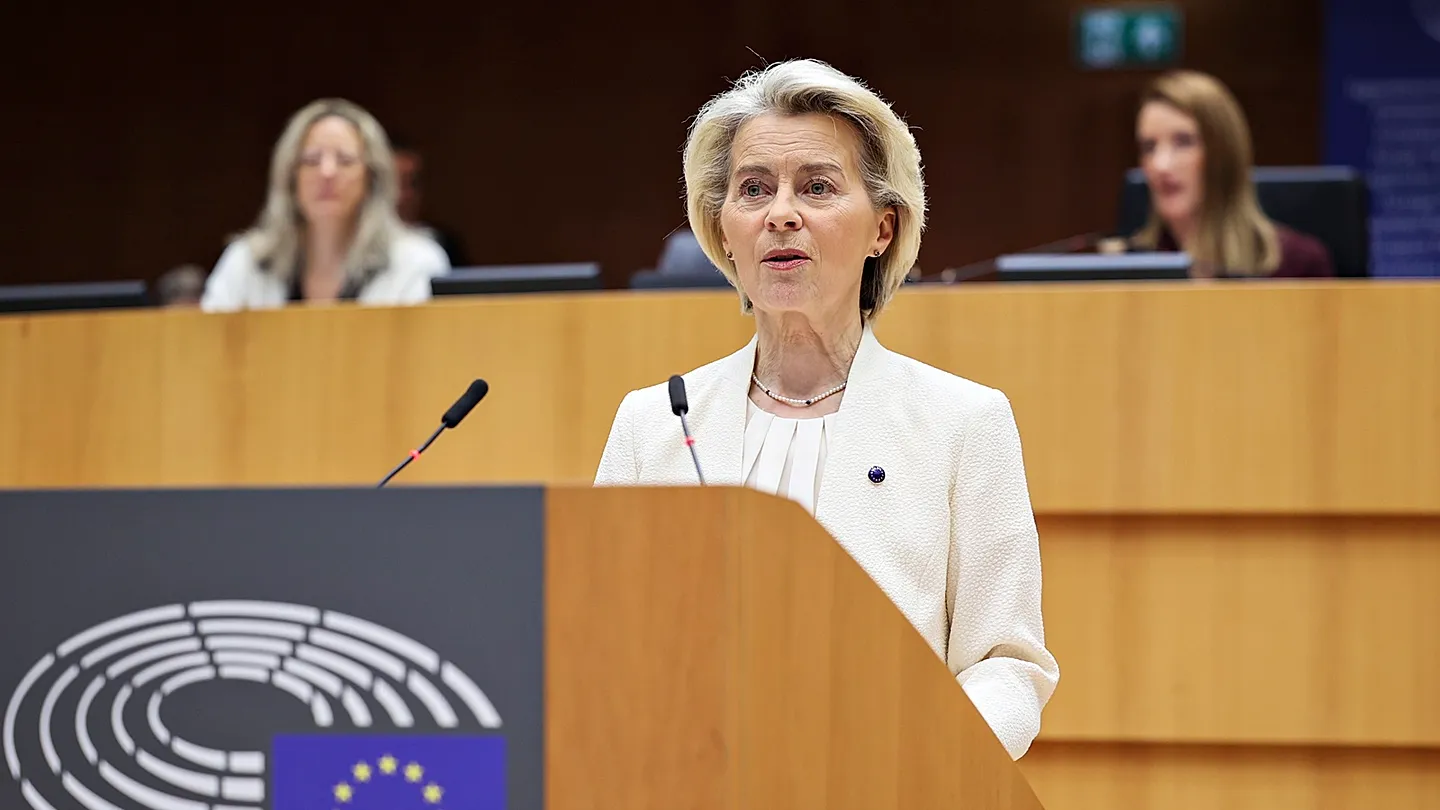China’s Economic Growth Wobbles Amid Historic Investment Slump

China’s economy, long a driver of global growth, is facing a significant slowdown after an unprecedented contraction in investment. Recent data show that both public and private investment have weakened sharply, creating ripple effects across manufacturing, real estate, and global supply chains. Analysts warn that the slump marks one of the most challenging periods for the Chinese economy in decades and raises questions about the country’s long-term growth trajectory.
The Investment Collapse: Scope and Impact
Investment, which has historically underpinned China’s rapid economic expansion, has slumped to levels not seen since the early 1990s. Both government-led infrastructure projects and private-sector capital expenditures are contracting, reflecting caution among businesses amid economic uncertainty.
- Real Estate Fallout: The property sector, a major driver of Chinese domestic demand, continues to struggle with declining sales and stalled construction projects. This downturn has dampened related industries, including construction materials, steel, and home appliances.
- Manufacturing Slowdown: Reduced investment has translated into slower industrial output, with companies delaying expansion and technology upgrades due to uncertainty over demand and financing conditions.
- Regional Disparities: Investment declines are uneven across China, with smaller cities and interior provinces particularly affected, exacerbating regional economic imbalances.
The slump has prompted concern among policymakers that China could face a prolonged period of subpar growth if investment trends are not reversed.
Contributing Factors
Several factors are contributing to the investment slump:
- Private Sector Caution: Companies are reluctant to invest amid slower domestic consumption, rising labor costs, and ongoing uncertainty in export markets.
- Property Market Weakness: A prolonged crisis in the real estate sector has created a “wait-and-see” mentality, as developers struggle with debt and banks limit lending.
- Global Economic Pressure: Weak demand from major trading partners, combined with rising interest rates abroad, has affected Chinese exports and foreign investment.
- Regulatory and Policy Uncertainty: Business confidence has been shaken by sudden policy changes in sectors such as technology, real estate, and energy, leading firms to postpone capital expenditures.
Economic Consequences
The investment slump is creating far-reaching economic consequences:
- Slower GDP Growth: Analysts now project that China’s GDP growth could fall below government targets for the year, signaling a potential shift from the rapid growth of the past decades to more moderate expansion.
- Rising Unemployment Risk: Weaker investment and construction slowdowns may lead to job losses, particularly among younger workers and in urban areas dependent on real estate and manufacturing.
- Supply Chain Disruptions: Global supply chains that rely on Chinese manufacturing could experience disruptions or price fluctuations, affecting industries from electronics to automotive.
- Lower Consumer Confidence: Reduced investment can depress consumer sentiment, as households perceive a more uncertain economic environment.
Government Response and Policy Measures
The Chinese government has acknowledged the severity of the investment slowdown and is considering a range of policy responses:
- Infrastructure Stimulus: Authorities are planning new public works projects to inject capital into the economy and support regional development.
- Monetary Easing: The People’s Bank of China may adopt more accommodative interest rate policies to encourage lending and investment.
- Support for Private Sector: Initiatives to improve access to credit and reduce regulatory uncertainty for private enterprises are being discussed to boost confidence and investment willingness.
- Property Market Stabilization: Measures to assist struggling developers and restore consumer confidence in housing markets may be implemented.
While these steps aim to stabilize growth, economists warn that structural reforms may be necessary to reduce reliance on investment-led growth and transition to a more consumption- and innovation-driven economy.
Global Implications
China’s investment slowdown is not just a domestic issue; it has global ramifications:
- Commodity Prices: Reduced Chinese demand for steel, copper, and other raw materials could lower global commodity prices.
- Supply Chain Realignment: International companies may adjust production plans as Chinese manufacturing growth slows.
- Global Economic Growth: Economies closely linked to China through trade and investment may see slower growth as Chinese imports and demand decline.
Financial markets are closely watching Beijing’s next moves, as investor sentiment is sensitive to signals about China’s growth trajectory and policy interventions.
Outlook and Challenges Ahead
The investment slump highlights the broader challenges facing China’s economy:
- Transitioning from investment-led to consumption-led growth
- Maintaining employment and social stability amid slower expansion
- Balancing stimulus with long-term financial sustainability
- Encouraging innovation and high-value industries in place of traditional heavy industry
Experts caution that China may face a period of slower, more volatile growth in the coming years, requiring careful policy calibration and strategic investment to stabilize the economy and sustain its long-term ambitions.
“China’s current slowdown is a wake-up call for both policymakers and global markets,” said one economist. “Investment, once the engine of growth, is sputtering, and the government must act decisively to prevent a broader economic drag.”
Conclusion
China’s unprecedented slump in investment marks a pivotal moment for the country’s economic trajectory. As policymakers weigh stimulus, regulatory adjustments, and structural reforms, both domestic and global stakeholders are monitoring developments closely. How Beijing navigates this challenge will have profound implications not just for China, but for global trade, investment, and economic stability in the years ahead.
















